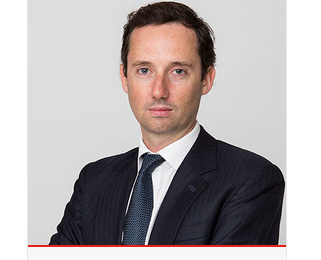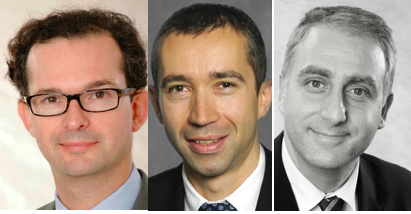3 Emerging Markets Picks For Active, Fundamentals-Driven Investors
| For Alicia Miguel | 0 Comentarios

“Mid-cap stocks exposed to structural change, ‘picks and shovels stocks’ and undervalued frontier market businesses are three areas of investment that would likely slip below the radar of the more passive and large-cap focused emerging market investor”, says Ross Teverson, Jupiter’s head of strategy, emerging markets. “For active, fundamentals-driven investors like us, they represent a great opportunity,” he added.
Undervalued mid-caps exposed to structural change
Emerging market equities have enjoyed strong recovery since their low in January of this year. Despite this, the valuations of many emerging market stocks remain undemanding and we continue to find a number of compelling opportunities, particularly within the mid-cap universe, where strong growth prospects are not yet reflected in share prices. This is in direct contrast to certain EM large- cap stocks with well-recognised growth prospects, which in recent years, have become expensive relative to company earnings, as increasingly risk-averse investors crowded into a relatively small group of large cap stocks that are perceived to be of high quality.
Examples of these mid-cap opportunities are diverse by geography and sector. One stock that we hold in Jupiter Global Emerging Markets Equity Unconstrained is a Brazilian private university operator, Ser Educacional, which we believe is well positioned to benefit from structural growth in Brazilian education spending. Another is Indonesian property developer Bumi Serpong, a mid-cap stock that is exposed to structural growth in mortgage penetration in Indonesia, which is coming from very low levels. The company is a beneficiary of Indonesia’s very strong demographics: high rates of household formation are creating strong demand for the types of properties that Bumi Serpong are building.
‘Picks and shovels’ stocks
They say that in a gold rush, the ones that make the most money are the suppliers of the tools you need to find gold rather than the miners themselves. The modern equivalents of these businesses in EM are companies that give exposure to well-known and significant trends or structural changes like the growth of electric vehicles, the move towards industrial automation or the switch to renewable energy. Take BizLink in Taiwan. A key supplier of wiring harnesses to one of the most advanced manufacturers of electric cars, Tesla, it is held in Jupiter Global Emerging Markets Equity Unconstrained and Jupiter China Select. BizLink may be the less glamorous of the two businesses, but it is making high and consistent margins while Tesla itself, while ground-breaking, is some way from making a profit.
Or there is Chroma, another Taiwan-based company held in Jupiter Global Emerging Markets Equity Unconstrained. Chroma provides testing equipment to a number of different areas within clean technology and renewable energy, including solar power, electric vehicle batteries and LEDs. Because its management team has a culture of paying out free cash flow to shareholders, investors in the company typically receive a decent dividend. What’s more, because Chroma is a key supplier to manufacturers within its business areas, it can afford to make the pricing of the equipment it sells very stable.
Frontier-market banks
Large state-owned banks make up a big part of the Emerging Markets index, which means that these are the banks an investor in an EM ETF might own. Hanging over these largely government- controlled banks, however, is a great unknown. A history of undisciplined or politically incentivised lending has left many of these banks with a level of non-performing loans that is likely to be much higher than official numbers suggest. It is hard to quantify exactly how big the problem will be. A number of frontier market banks, in contrast, trade at similar valuations to their larger EM peers but with better asset quality, higher returns and superior long term growth prospects
Specifically, we like frontier markets banks which either have a strong deposit franchise or are building a strong deposit franchise. Depositors entrust these banks with their money because they provide a good branch network, easy access to money, and are considered a safe place for them to keep their cash. There are good examples in Georgia, where we own Bank of Georgia, in Pakistan, where we own Habib Bank, and in Nigeria, where we own Access Bank. By operating the traditional retail banking model, these banks make a high return by taking deposits on which they pay a low level of interest and then lending to blue chip corporates. It’s also less risky than an alternative model (which is to borrow money from the wholesale money markets and then lend to riskier borrowers). In frontier markets, this operating model has led to high returns and good growth prospects as a result of underpenetrated consumer credit.









